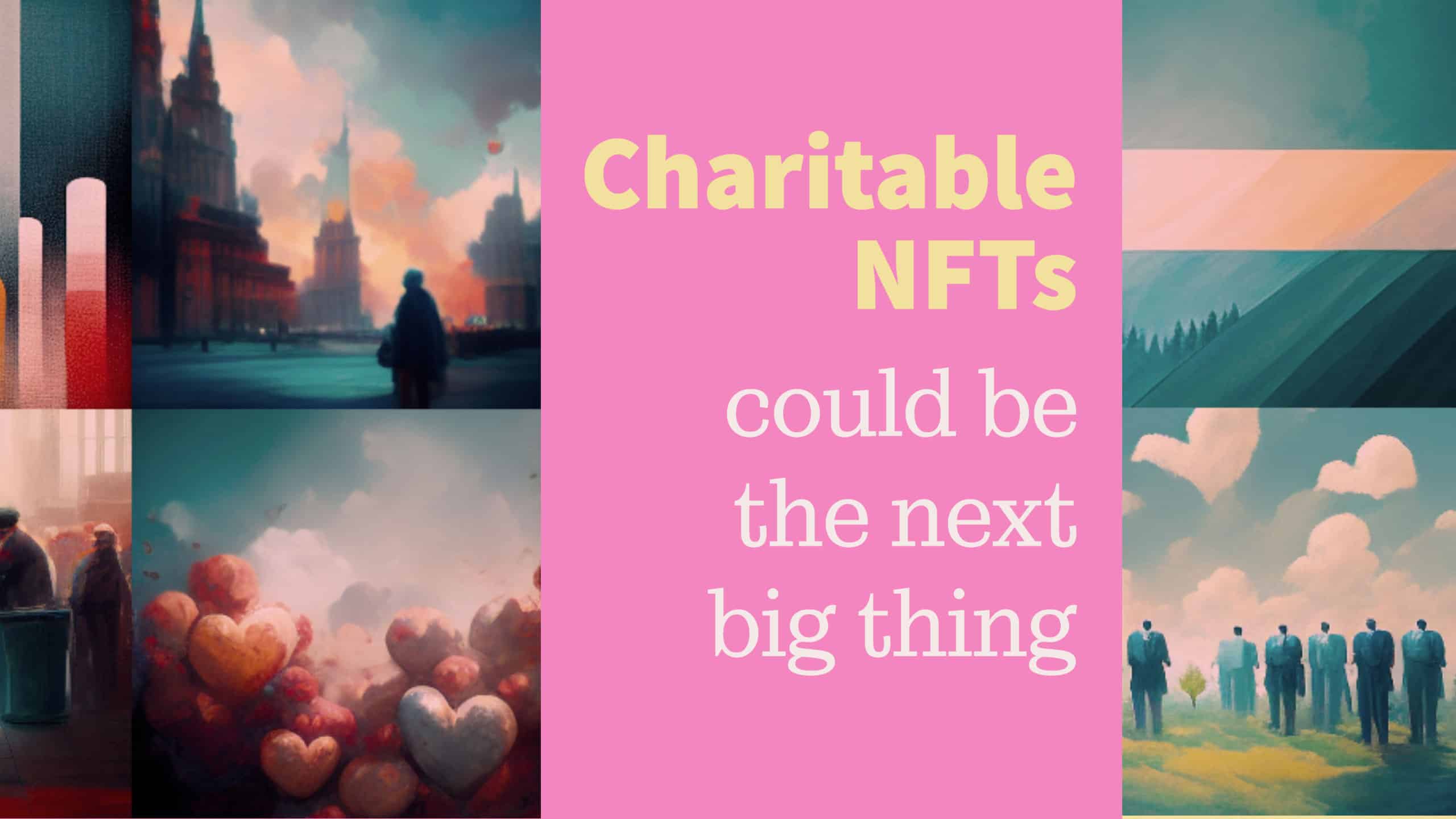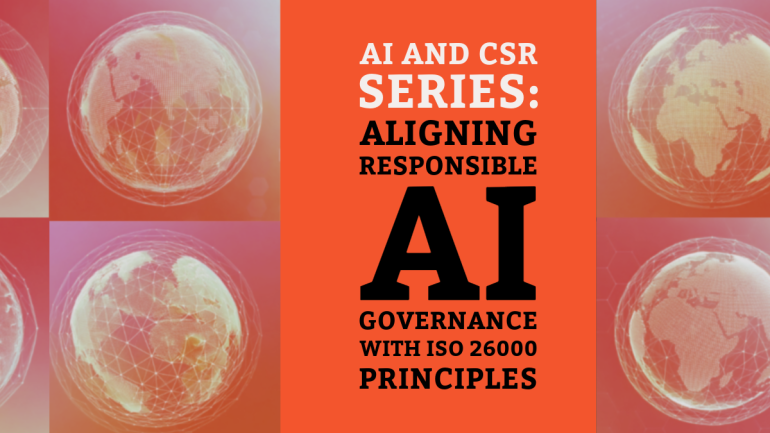Table of Contents
You may also interested:
For decades now, organisations have been paying attention to “corporate social responsibility”. Organisations, especially proprietary ones, work for the sole purpose of profit. For this purpose, they may be seen as cold and calculative. In order to give them a softer, more human aura, as well as to integrate them into the hearts and minds of society, organisations often try to give back something to society. Their corporate social responsibility activities may take the form of helping disadvantaged groups, such as oppressed women or the disabled. It may also take the form of environmental efforts such as sponsoring Earth Day or organising a mass clean-up in a park or lake. This is especially so for organisations whose activities leave a less-than-desirable social or environmental footprint. They take corporate social responsibility as a means to give back what they took to the society or environment.
Their customers often appreciate these efforts and paying attention to corporate social responsibility have by-and-large improved an organisation’s brand equity.
Why so? The strength of a brand depends heavily on how their target customers, firstly, and the general public, secondly, see them. Target customers will only align with a brand if they feel that the brand holds the same values as they do. No member of a minority group, for example, would buy from a brand that exhibits racial discrimination towards their group, for example. No environmentally-conscious person would buy from a brand that disregards the impact of industrial activities on the environment, for example. As such, the best brands have been careful to demonstrate to their customers that they share the same values as their customers.
Why support NFTs for charity
This idea has been brought over into web3 with the rise of charitable NFTs. Charitable NFTs are non-fungible tokes which are minted specifically with the purpose of donating to a social or environmental cause. They target web3 users who support these specific causes. Web3 users, on the flip side, are keen to support these NFT projects for several reasons:
- These NFT projects hold the same values as they do.
- Their purchase of NFTs from these projects are recorded immutably through the smart contract.
- They obtain a digital item that can demonstrate their support of these causes.
- They can show their support of the cause as a PFP NFT (profile picture NFT), especially on platforms such as Twitter, Instagram and wearables (such as TAg Heuer’s Connected Calibre E4 smartwatch).
- They obtain a sense of “provenance”, where they can existentially possess an emotional link to causes and creators who support the same causes they care for.
Examples of NFTs for charity
No Fight Tomorrow
No Fight Tomorrow is a new collection that promises to donate funds for targeted assistance to Ukraine and its inhabitants. It is supported by the “NO FIGHT TOMORROW” UK charitable foundation (UK, company number 13963510). The NFT project team is based in Ukraine so that it can better know the existing needs in Ukraine, coordinate the work with its regions and organizes targeted financial support for territorial communities of Ukraine and its inhabitants who are suffering from the military aggression of the Russian Federation.
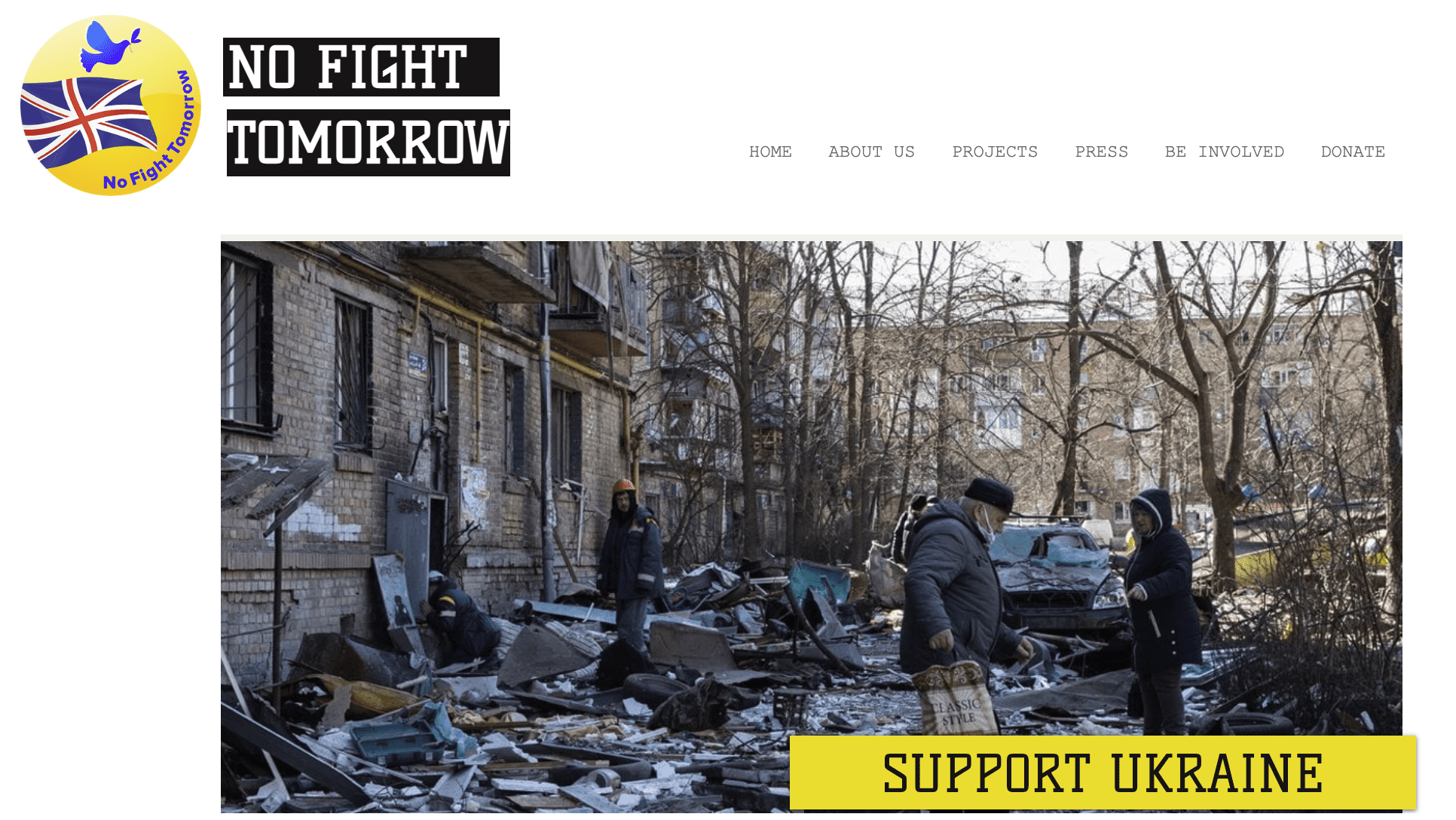
The Dream Collection
The Dream Collection is an NFT collection created by Hypherphantasia with the sole purpose of empowering the female cause. The creators note that the NFT space has very little NFTs that were created by women, and even less that empower women, and hence they birthed this project. The collection features NFTs of eight women from the film, music and fashion industries. These eight women have in turn selected charities to whom 30% of the proceeds of the NFT sales would go.
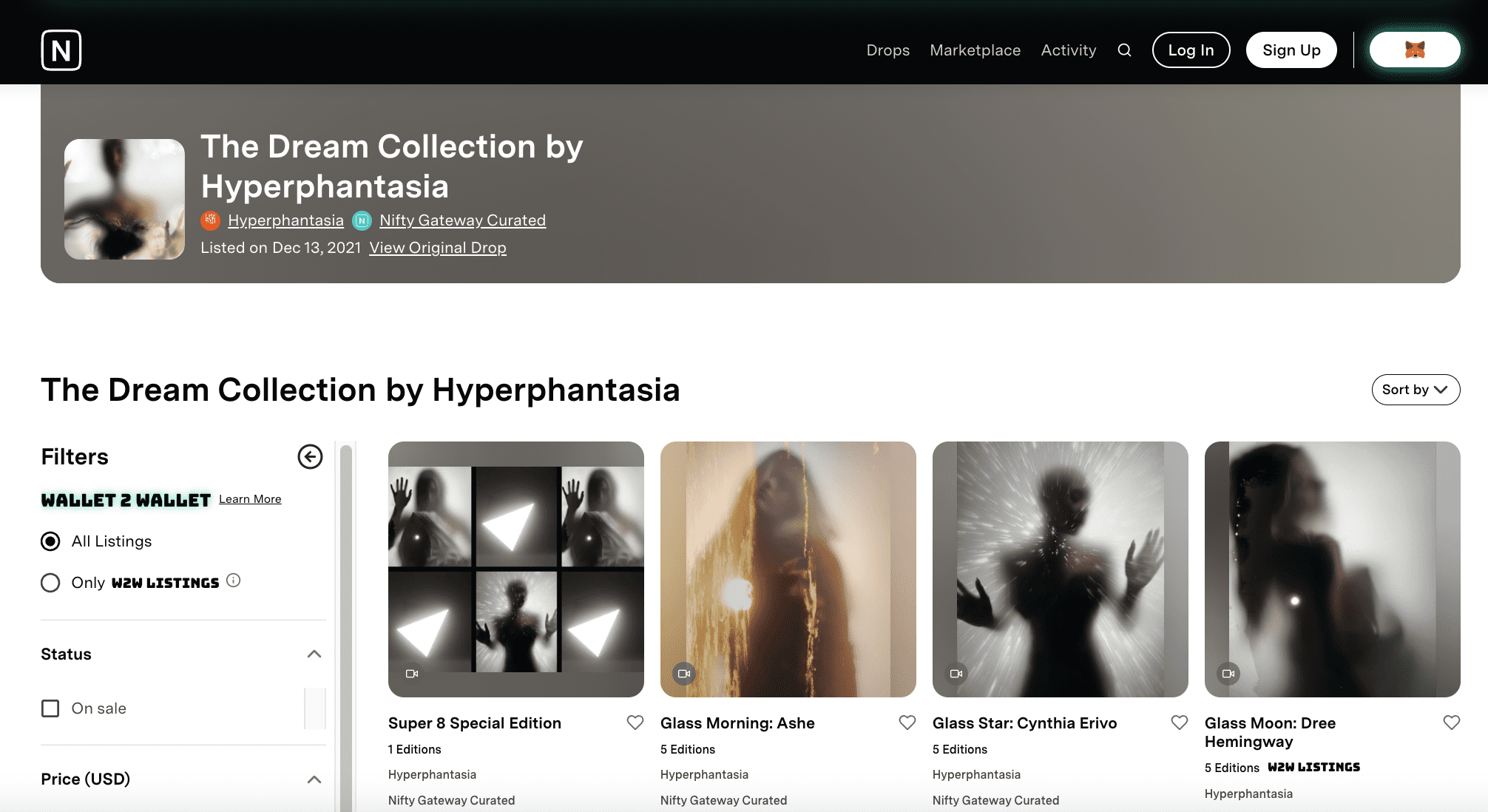
Patchwork Kingdoms
Patchwork Kingdoms is an example of NFT collection for charity created by the United Nations dedicated to helping children under its UNICEF (United Nations Children’s Emergency Fund) wing. UNICEF is promoting Giga initiative which hopes to raise funds to bring reliable and robust connectivity to K-12 schools around the world. The NFT artwork itself is very unique, being produced by data visualization scientist, designer and artist Nadieh Bremer. Using data obtained from 280,000 schools in 21 countries on their internet connectivities, the artist created scapes and reflections of medieval kingdoms with patchwork as textures.
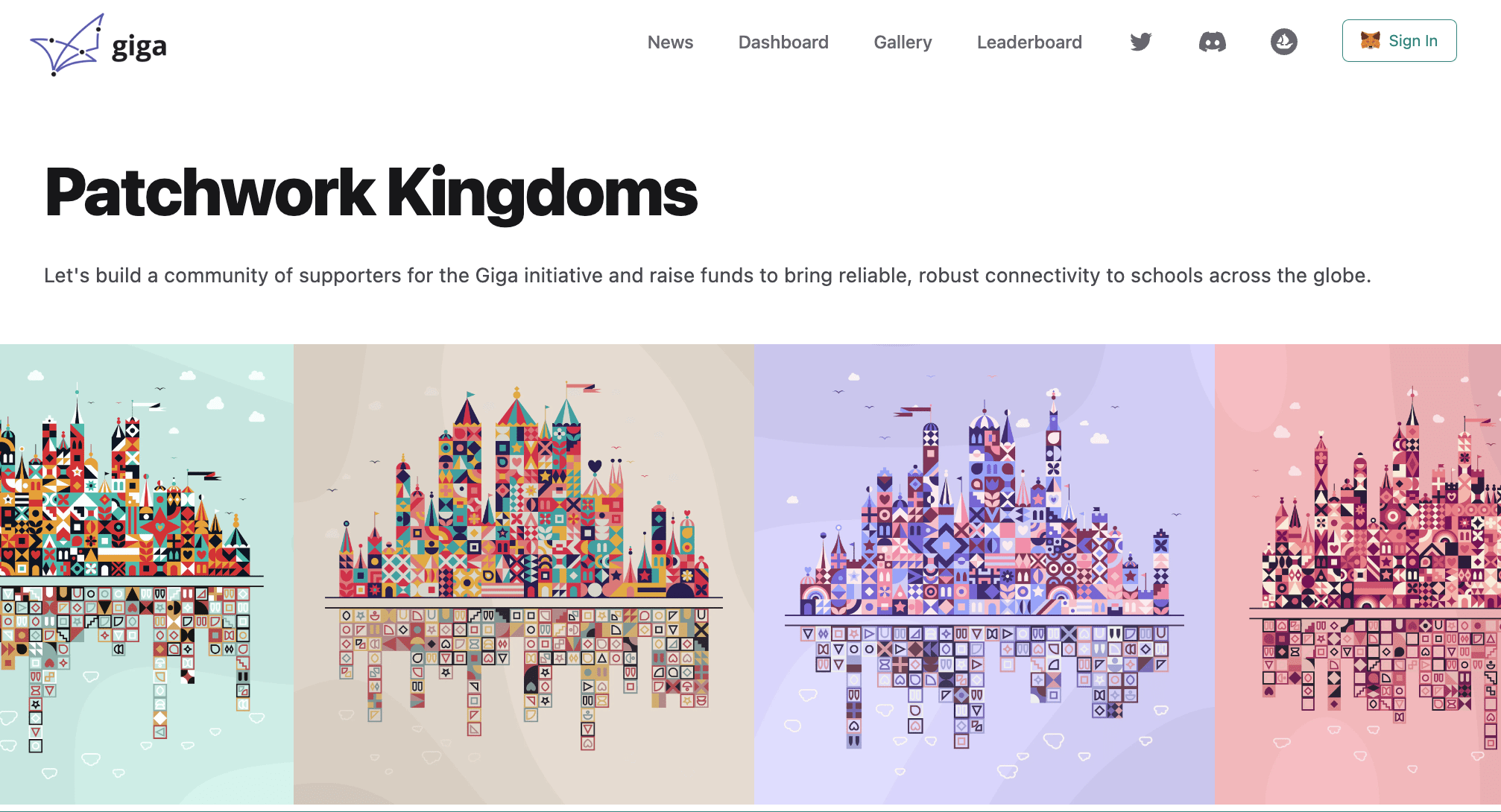
Do Your Own Research (DYOR)
However, a caveat emptor must be preached here. While it is always good to support a good cause, please DYOR (do your own research) on the collections and their creators before jumping in to support. This is because the smart contract that comes with every NFT is not a binding legal contract that ensures that the creator complies with their promise to donate a portion (or all) their proceeds to the cause). The smart contract merely states who owns the NFTs. Should creators decide to go back on their word and donate less than what they promised, there is nothing to hold them legally responsible for it. Ask yourself the following questions:
- Is the creator reputable as a non-profit organisation that has a track record of doing good?
- Has the project been endorsed by the recipients of the donations?
- Does the creator have a strong whitepaper to state their mission for and vision of the NFT project?
- Does the creator have a clear roadmap that states when the recipients can expect to receive the donations?
